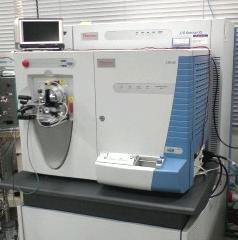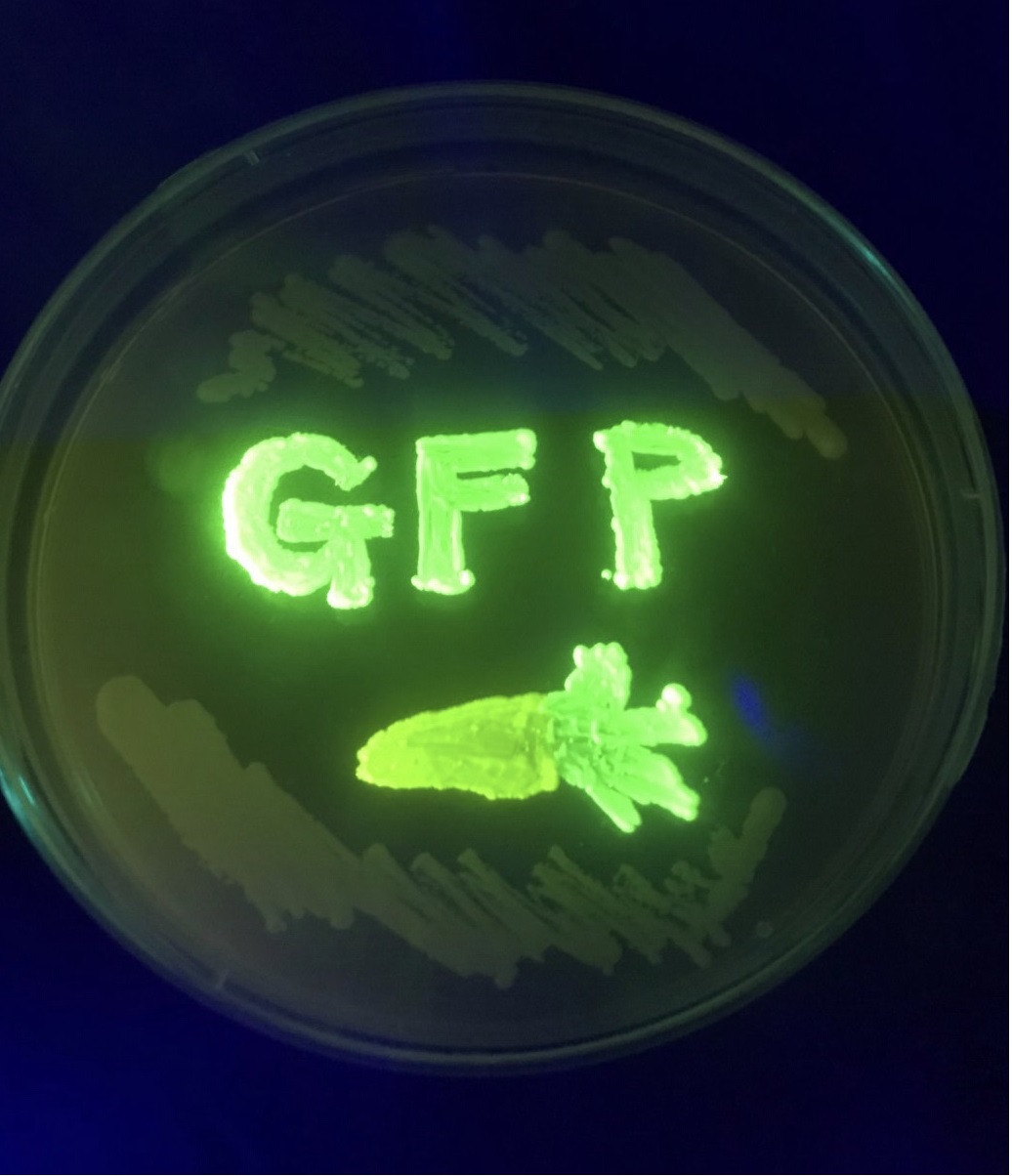



The research in our laboratory is focused on mass spectrometry-based proteomic analysis for budding yeast to reveal differences in metabolic processes in a variety of growth conditions, response and acquisition of tolerance to various stresses, mechanisms underlying aging process, and evolutionary roles of duplicate genes. We are also developing an original strategy allowing absolute quantification of protein abundances in a proteome-wide scale with high accuracy.
The goal of our laboratory is to unveil and explore novel biological mechanisms by combination of budding yeast as the most useful model organism in molecular and cell biology, and mass spectrometry as the most powerful and wide-applicable proteomic analytical platform.



Budding yeast is a widely used model organism, which is quite useful for molecular biology, genetic analysis, and cellular biology as well as a variety of omics studies. Mass spectrometry is the most powerful technique to allow many kinds of proteomic analyses. The research in our laboratory is based on the proteomics study with mass spectrometry, using the budding yeast as a model system.
In living cells, more than several hundreds of proteins with a wide range of expression level coordinately function to achieve cellular activity. To reveal the critical mechanisms for various kinds of biological processes (e.g. metabolic adaptation, stress responses, cellular aging), it is one of the most useful approaches to know proteome and compare their differences among interest. In particular, it is really significant to understand how proteome homeostasis, which is called as proteostasis, is maintained in the cell. Perturbation of proteostasis in the cells could lead to change in a variety of cellular activity, including lower growth rate or adaptation ability, higher sensitivity to various stresses, and promotion of cellular aging.
From the viewpoint of proteostasis, we have compared the proteome across various yeast species grown under different growth conditions, to reveal how proteome balance between catabolic and anabolic system can affect the cell growth and adaptation to nutrient conditions. Disregulation of proteostasis also leads to cellular aging, thus we are studying how proteome changes in the progress of aging both in terms of quantity and quality levels. In our laboratory, development of an original methodology is also a theme of importance to achieve proteomics analysis with high sensitivity and accuracy.